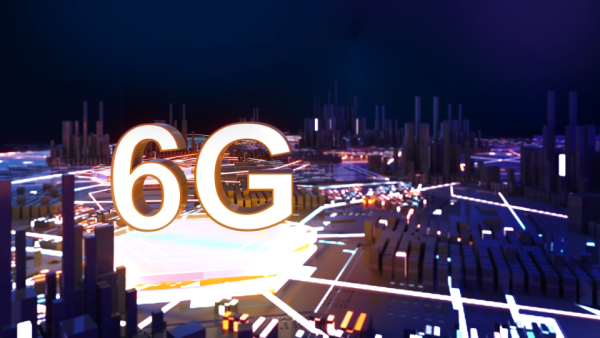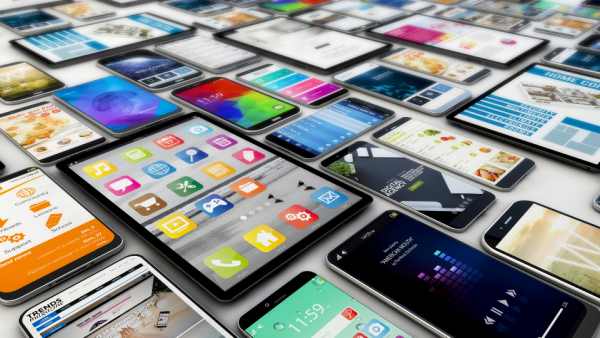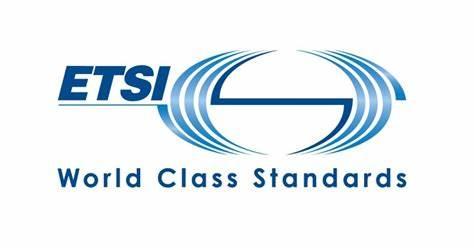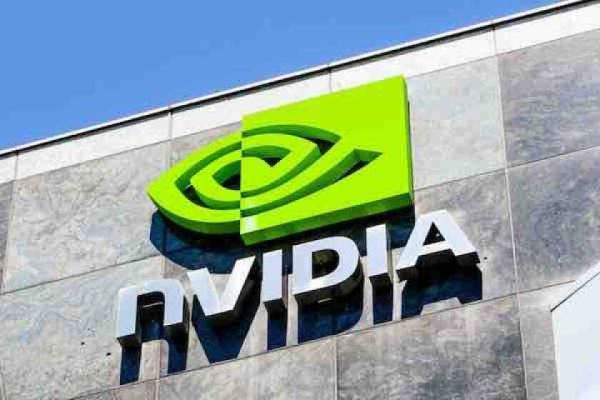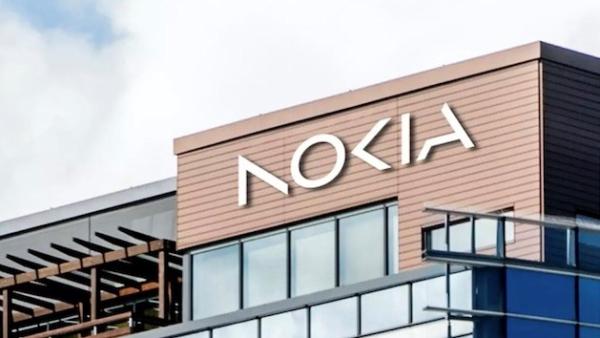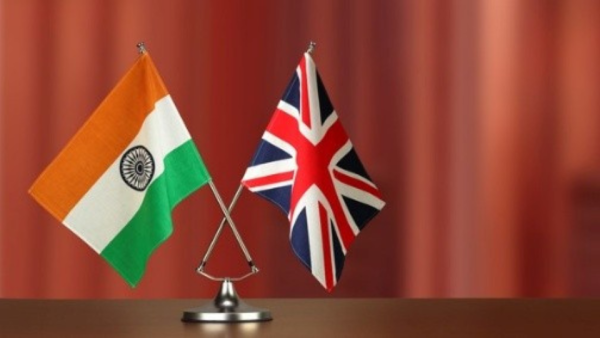Written by Ray Le Maistre
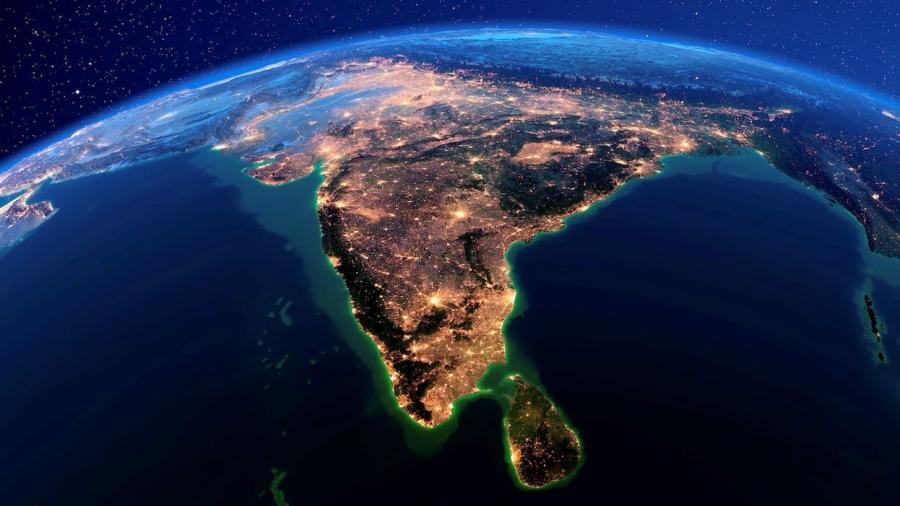
- India is now the largest country in the world in terms of population size
- Its population stands at 1.43 billion, according to the UN
- With little in the way of fixed network infrastructure, it’s a mobile-first country
- The number of cellular connections currently stands at 1.15 billion and is still growing
- Just two service providers command more than 72% of the cellular market
India, which is now the most inhabited nation on earth but with little in the way of fixed access communications infrastructure, is very much a mobile-first market when it comes to telecom and it’s worth noting from time to time just how massive that market is – India currently boasts more than 1.1 billion registered mobile connections, the vast majority of which are active, according to the latest market statistics from the country’s communications industry watchdog, the Telecom Regulatory Authority of India (TRAI).
With a population of 1.43 billion, which is just greater than that of mainland China, according to the United Nations World Population Dashboard, India had a mobile density of 82.54% at the end of October 2023 courtesy of its 1,151 million mobile connections. Of those, 1,045 million connections, almost 91% of the total, were in active use during the month of October, according to the TRAI’s VLR (visitor location register) statistics that show which lines have been in active use during any given month.
The vast majority of those mobile connections are operated by just a few large service providers: As we’ve noted previously, in 2011, India boasted 15 mobile service providers that between them reported 771 million mobile connections (of which 549 million were ‘active’), and of those service providers, 11 had more than 5 million connections. Reliance Jio didn’t exist. When Jio launched its 4G services in September 2016, it started from scratch with no customers, but it launched a series of sign-up promotions that meant it was possible for customers to get services without paying for months on end and within six months it had signed up more than 100 million customers, despite rivals counter-offering their own low-cost deals.


